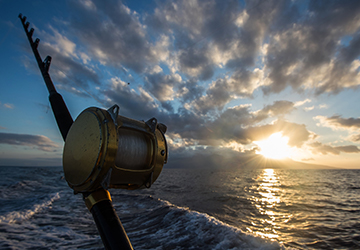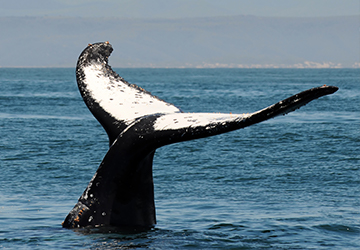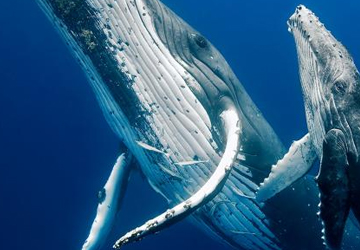|
| Top Fishing Spots and Marine Life Sightings Near Sandy Place |
|
 |
|
| Keep Calm & Fish On |
|
|
Deep-Sea Fishing Charters have proved to be the winner this "last season", with batches of fish returning daily. Great numbers of Dorado were caught in December and early January, and reels screeched with Tunas, Couta and even some Sailfish coming out of late.
Deep-Sea Fishing Tips:
Adrenaline and excitement are usually the number one contributors to one losing a fish. Deep-Sea Game Fishing can be thrilling, however, there are many ways to avoid losing one’s ‘prized catch’ while out on a charter.
- Listen to the skipper, he has many years of experience.
- Once a bite is detected, get to the rod as quickly as possible.
- Keep your line as taut as possible without too much strain on the rod.
- Ensure there is no slack in the line whilst striking.
- Gradually gain line, but do not force it.
- Work with the sea current as far as possible.
- Your skipper will chase the fish with the boat, making it easier to win space between the boat and the fish.
- Once you have sight of the fish, inform the skipper.
- Always remember that once the fish nears the boat, the fish will undoubtedly make a last attempt to get away.
- Gradually reel in the fish without adding too much pressure to the rod.
- Once the fish is close to the boat, lighten the pressure on the rod to land the fish.
|
|
 |
|
| Whale Watching Season |
|
Whale Watching Season starts in June and lasts until the end of November; when these gentle giants migrate to the shores of St. Lucia. Humpback Whales breaching is a common sight and definitely one not to miss out on.
Boat-based Whale Watching from St. Lucia offers you an opportunity to witness Humpback Whales, Flying Fish, Whale Sharks, and Dolphins.
The duration of the Boat-based Whale Watching trip from the St. Lucia coastline is approximately 2 hours long, out at sea.
Book your Whale Watching experience on your next Sandy Place trip, here.
|
 |
Did you know?
- Humpback Whales are known for their haunting songs, which are complex sequences of moans, howls and cries that often continue for hours, according to National Geographic.
- Each whale has a unique design that’s found on its underbelly. The white markings are like human fingerprints.
|
|
|
|
|
|